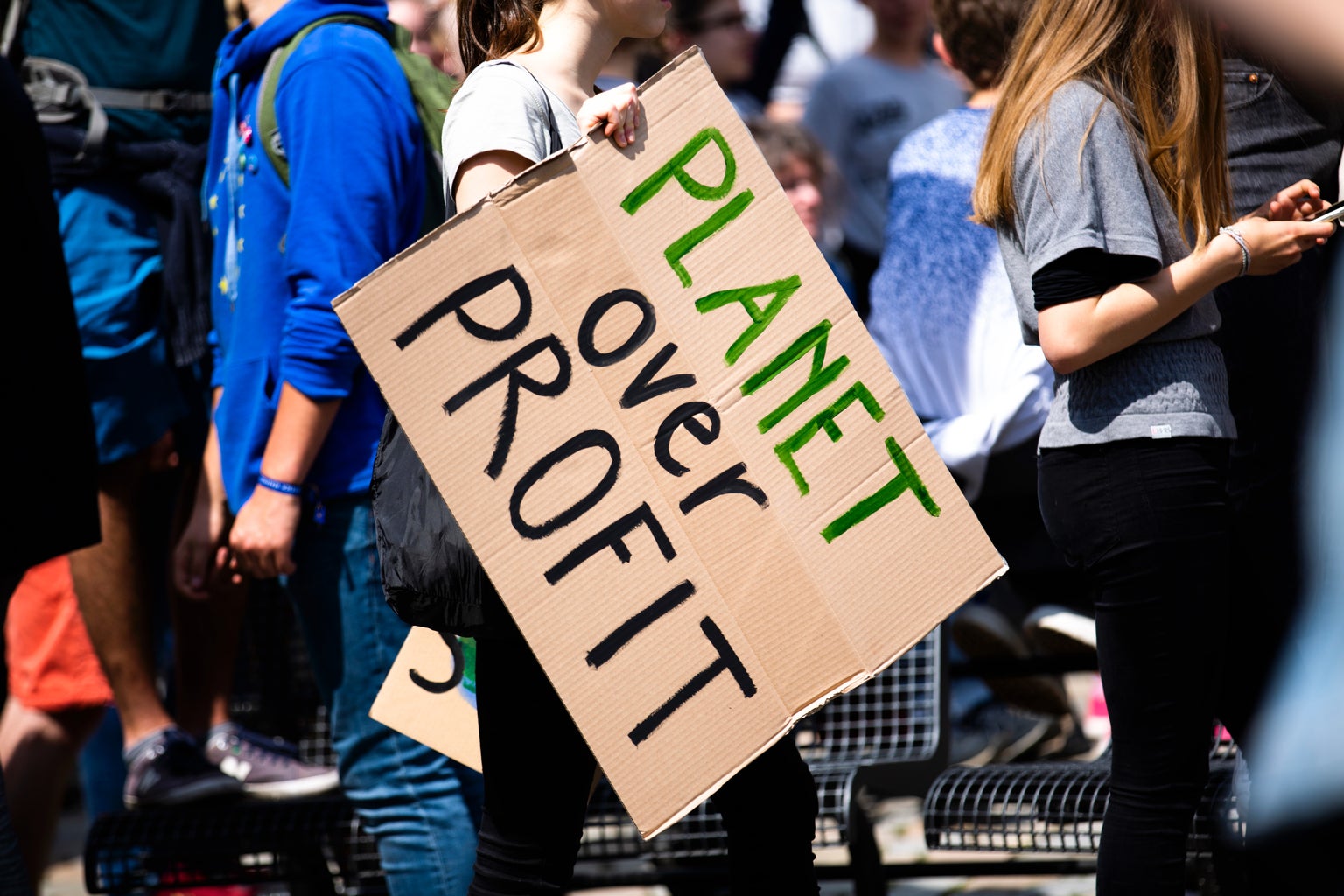SHEIN, the fast fashion company that gained over 10 billion dollars in revenue over the pandemic, is exponentially growing through Gen-Z consumers. The idea of a new outfit for less than $20 and delivered in less than two weeks is ideal for a teen girl. Just bring that idea up to her mom and she will hand over the credit card in just minutes of convincing. The problem is that if it’s too good to be true, it probably is, and this time it really is. The Chinese owned company is infamous for its use of child labor, dangerous working conditions and greenwashing. Business News Daily explains greenwashing as, “When a company purports to be environmentally conscious for marketing purposes but actually isn’t making any notable sustainability efforts.”
With packages arriving in excess amounts of plastic packaging, dangerous amounts of lead being found in the materials and even customers finding the words, “help me,” on size labels, SHEIN can be considered obsessively unsustainable. Bloomberg noted that, “A recent investigation found that SHEIN workers in China were working 18-hour days and being paid £3 ($3.34) per garment.” On October 28, SHEIN hosted a pop-up shop in New York City attracting hundreds of Gen Z shoppers who are used to being restricted to online shopping on their app or website. No shipping fee? You bet Gen Z will be there.
One greenwashing technique SHEIN uses is in their marketing. At the pop-up shop in NYC, a large screen stated, “We are committed to building a more responsible fashion ecosystem.” This is contradictory to their warehouse setting that Channel 4 in the UK reported on in their documentary, “Inside The SHEIN Machine: UNTOLD.” The new launch of “SHEIN Exchange, where pre-loved gets re-loved,” is a prime example of greenwashing. The launch of SHEIN Exchange on October 17, just ten days prior to Channel 4’s documentary was disgusting. Since SHEIN’s clothing isn’t designed to be “re-loved” and worn by multiple people through many wears, it’s a greenwashing technique to make consumers think that the brand cares and is doing more to help the environment than they actually are.




